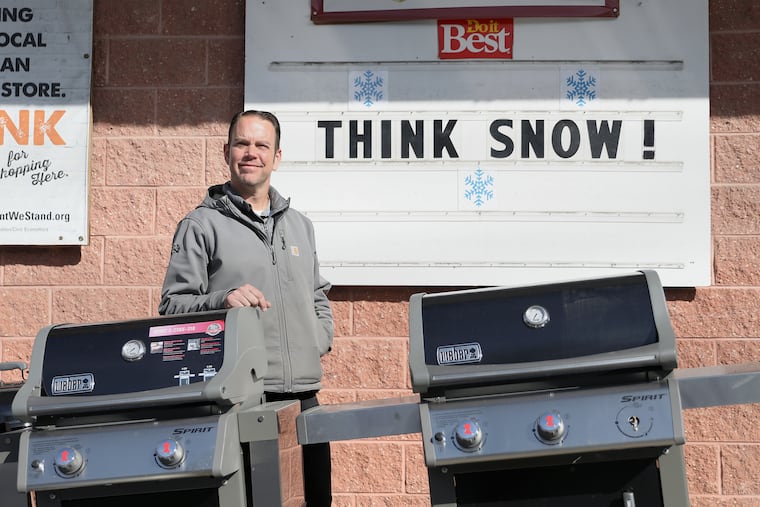When winter doesn’t come: Here are the winners and losers of Philly’s nearly snowless season
The dearth of cold and snow has had immeasurable impacts on businesses, energy suppliers, consumers, and the overall U.S economy — some benign, some not.

The dearth of cold and snow has had immeasurable impacts on businesses, energy suppliers, consumers, and the overall U.S economy — some benign, some not.
